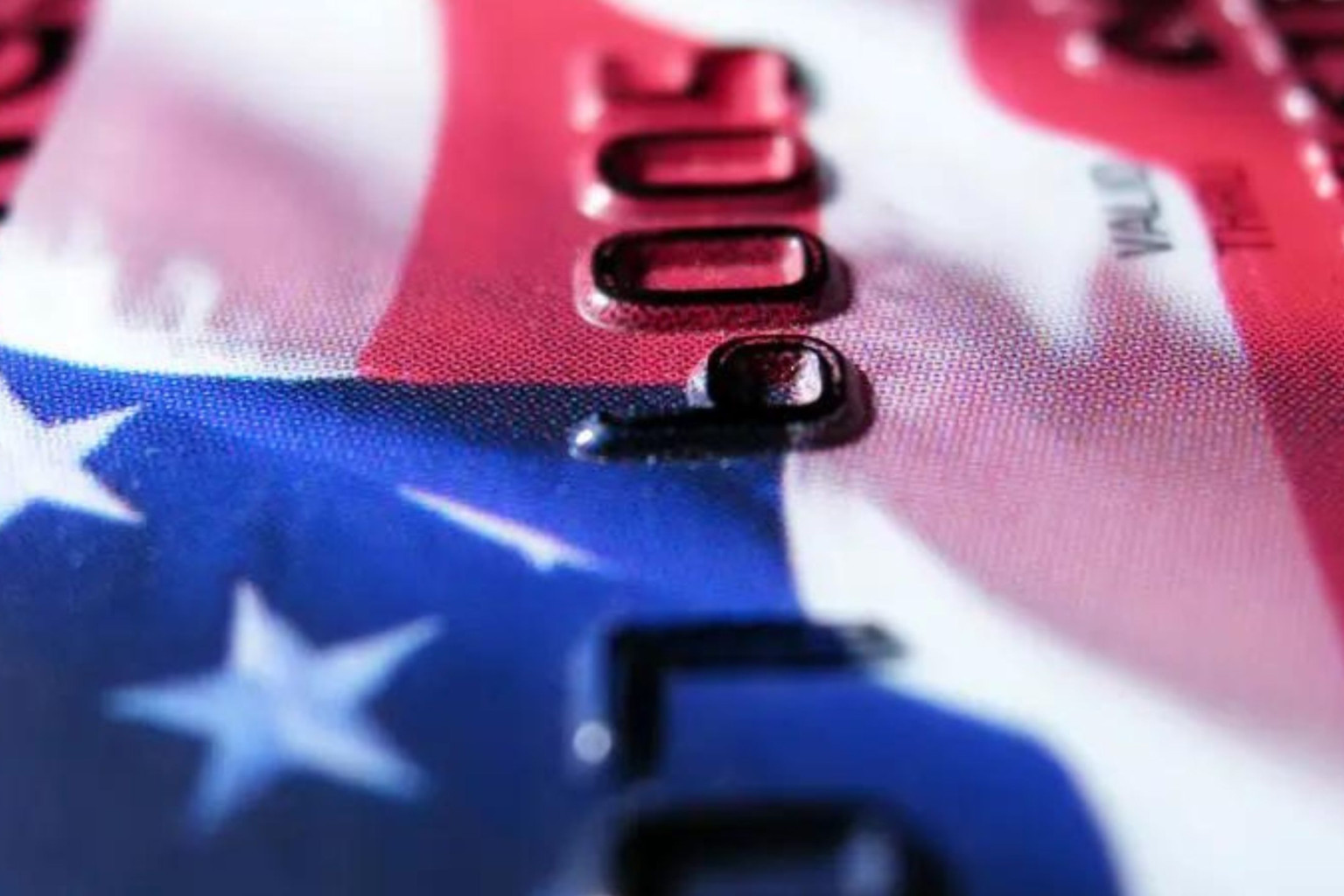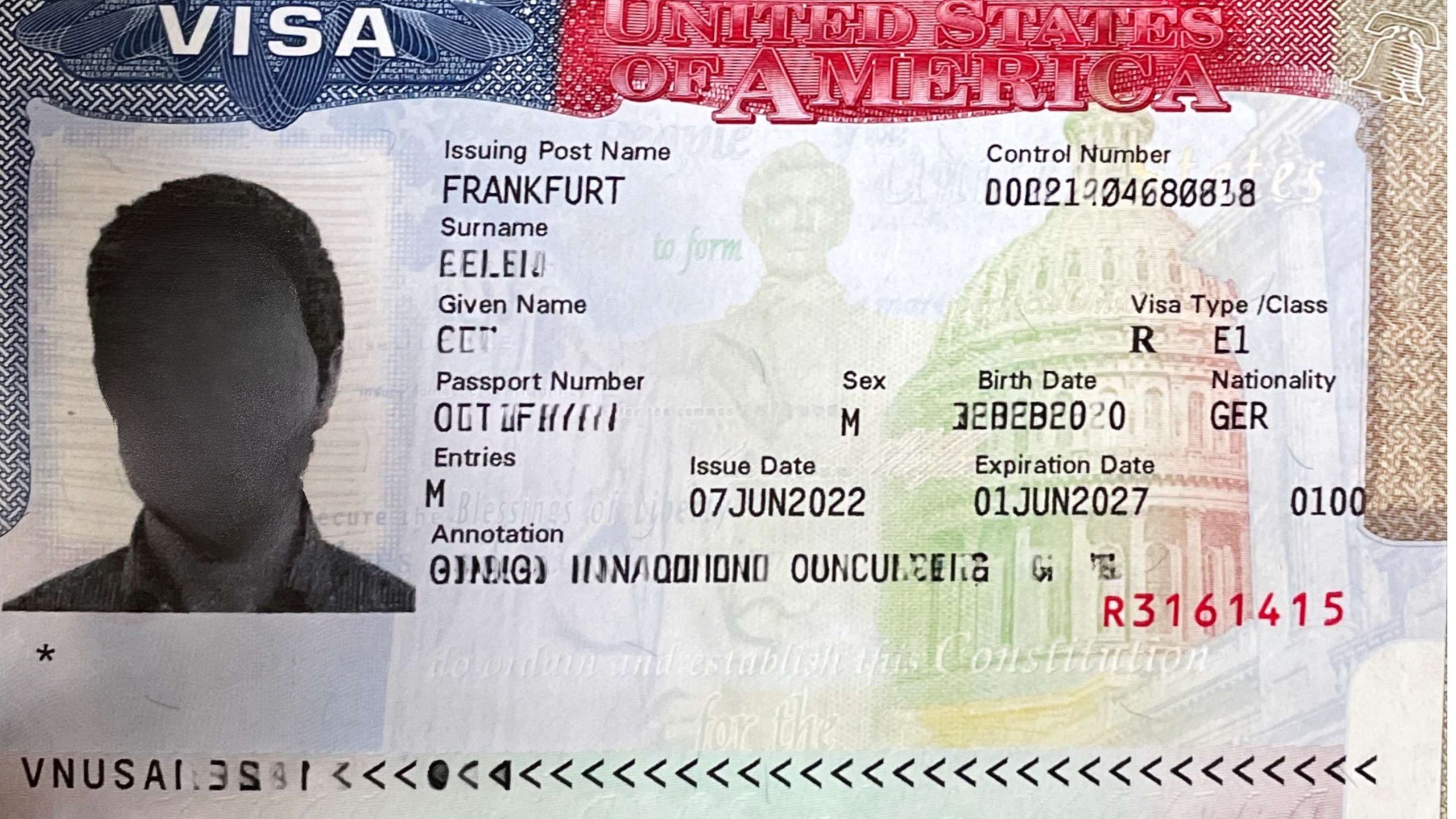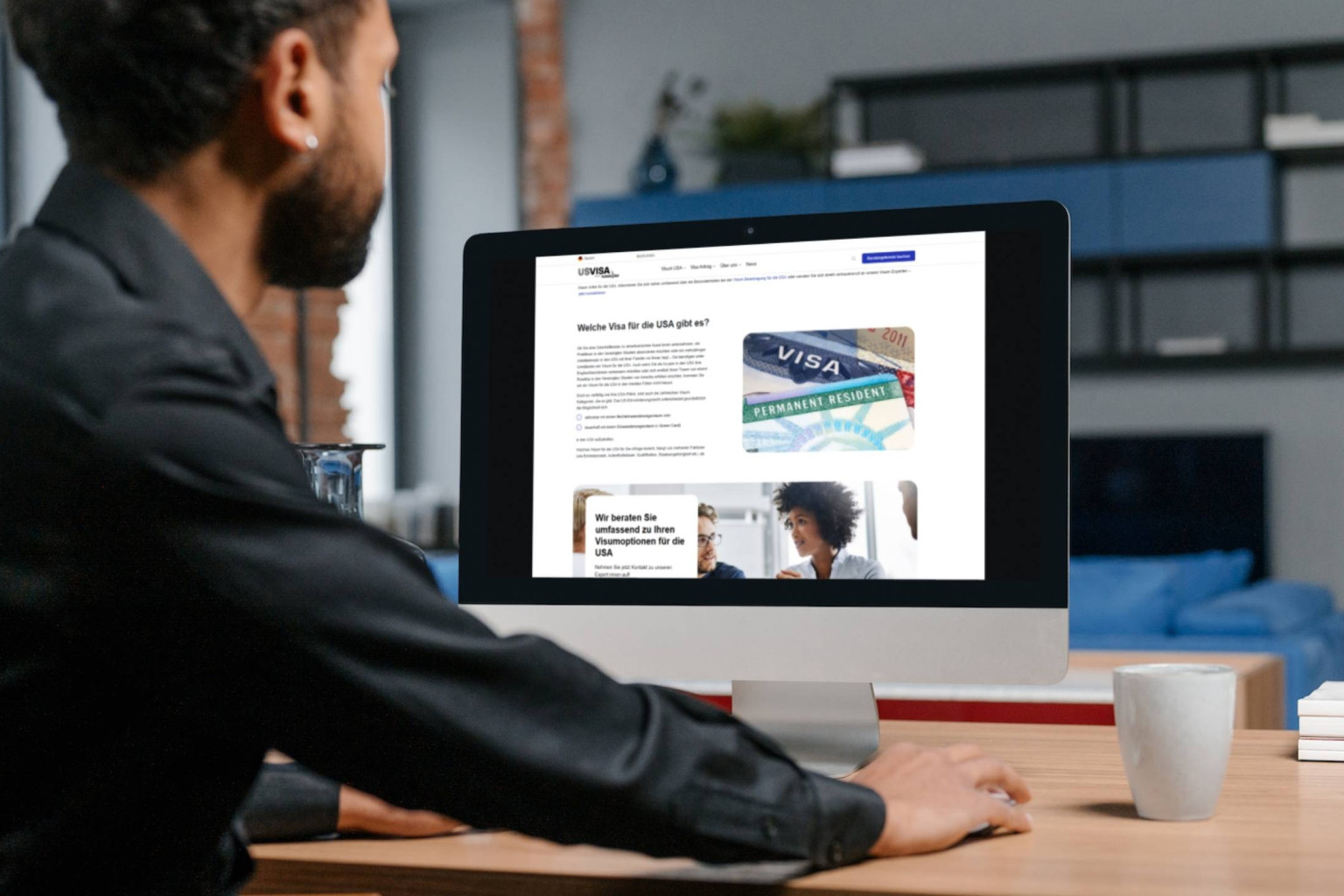The E visa belongs to the category of work visas and allows holders to stay temporarily to take up employment in the USA. We will be happy to check whether your company and your employees qualify for the E category.
The E visa, a US nonimmigrant visa, allows certain investors to enter the United States to conduct business activities.
Unlike traditional business and work visas, the E visa is intended solely for trade and investment activities and is intended for treaty traders, treaty investors and certain nonimmigrant employees of these individuals (as well as their spouses and children) who are coming to the US under a trade agreement between the US and their country of citizenship. With an E visa, individuals can visit the US to trade or invest, but not to engage in other professional activities.
The e-visa is based on bilateral treaties between the United States and 50 or 80 other countries. Therefore, only companies from these treaty countries are eligible for this visa category. A list of these countries can be found on the website of the U.S. Department of State.

The E visa categroy includes the E-1 visa and the E-2 visa and is based on bilateral agreements between the United States and 50 (E-1) or 80 (E-2) other countries. Therefore, only companies from these treaty countries can apply for the visa. A list of these countries can be found on the website of the U.S. Department of State.
The E-1 visa and the E-2 visa have some common requirements:
Tip: There is no minimum period of employment for employees within the group of companies, as is the case with the L visa, which means that new staff can also be posted or employed in the US via E-1 / E-2 status. However, it must also be proven that new employees who are not managers or executives have the necessary specialized knowledge.
Both the E-1 visa and the E-2 visa have additional specific requirements that may vary depending on the visa type and individual situation. You can find all the details about the requirements for both visa types on their respective subpages.
The E visa is divided into two subcategories. Depending on the company's entry requirements, applicants can apply for a E-1 visa or E-2 visa. Further information, such as the respective validity periods, application processes or special features of the two E visa categories, can be found on the respective subpages.
The E-1 visa and the E-2 visa are both non-immigrant visas for investors and traders who want to do business in the USA. But how exactly do the two US visas differ from each other? Here is a comparison of the two visas:
Purpose and scope of application
Authorized applicants
Investment requirements
Duration and extension options
Work authorization
Purpose and scope of application
Authorized applicants
Investment requirements
Duration and extension options
Work authorization

The period of validity of an e-visa depends on the nationality. Depending on the nationality, the so-called reciprocity schedule how long the visa will be valid for. For example, German nationals normally receive a five-year E-1 or E-2 visa.
However, consular officials also have the option of limiting the duration of the visa. This is the case, for example, if the company is quite small or has relatively low investment capital. In addition, the granting of visas for smaller companies can be based on the remaining registration period. However, for medium-sized to large companies with a high number of US employees, e-visas are usually issued for five years, regardless of how long the e-registration is still valid.
On average, holders of an E-1 or E-2 visa can stay in the USA for around 2 years at a time. However, upon entry into the United States, border officials decide how long E visa holders may stay in the United States, which may well be a different date than the one stated on the visa.
The permitted length of stay for e-visa holders is noted digitally on the I-94 form. Travelers to the USA rarely receive an entry stamp in their passport, so we recommend checking the I-94 status online immediately after entering the country.
The visa fees for E visa are at 283.50 € (315 $) per applicant. The general application fee of the US consulates or US embassies must be paid by all applicants and cannot be refunded or transferred to other persons.

In addition, for some E visa applicants incur additional costs:
Further information about the different visa fees, other possible costs and the current payment methods can be found on our fees page.
The E-visa has the special requirement of initial registration of the US company or group of companies. The registration process for the E-visa is as follows:
Initial E-visa applications from the company are submitted to the responsible US Consulate General in the contracting country. The application includes documents relating to the US company or group of companies and the employee.
The employee must attend a personal interview at the US consulate. Once the first employee of a company has received an E-visa, the company is considered "E-registered." Based on this registration, companies can apply for additional E visas in a very simplified procedure and more easily send or employ additional nationals of the treaty country at their US location.
Information on what to consider when applying for the respective subcategories can be found in the E-1 visa and E-2 visa sections.
In our experience, in most cases it takes 4 to 6 months from the start of preparation, through the waiting for an interview appointment and review by the US authorities, to receiving the E visa.
As soon as the company is already "E registered", i.e. has already successfully applied for at least one e-visa for an employee, the previous check can be skipped. In this case, the visa is applied for directly at the personal interview appointment.
After a thorough examination of your visa application and, in the best case, approval, your passport will be retained for visa issuance. Approximately one week after the visa interview, the passport with the respective e-visa will be sent by post.
Attention: In some cases, a further security check (administrative processing), which may take several weeks and considerably delay the visa application.
E visas contain a great deal of information that serves to identify the holder and defines the rights and restrictions during the stay in the United States.
It is important to check this information carefully and ensure that it meets the requirements of your planned stay in the USA.

The following data and information can be found on a US visa:
We advise you on the choice of the appropriate visa category and take over the complete processing for you or your company.

In contrast to many other work visas, not only the respective applicants (employees and / or company owners) receive an E-1 / E-2 visa and thus a work permit for the United States in the initial application process – rather, the US company is simultaneously "registered" with the US authorities for (usually) 5 years as a whole at the US consulate (= E registration).
What are the advantages of this registration procedure?
Within the next 5 years, further (possibly also newly hired) employees can be seconded to the US company or deployed there in a greatly simplified procedure.
This means that for further E-1 / E-2 visa procedures within the approved registration period, a time-consuming application no longer needs to be submitted in advance. Employees can submit their documents directly at a personal interview appointment at the relevant US consulate. The simplified procedure means considerable cost and time savings for the company. E status is therefore always an alternative worth considering, especially in comparison to the expensive L-visa procedure!
In contrast to many other work visa categories, there is no minimum employment period requirement for an E visa, i.e. in principle, newly hired employees can also be sent to the US with this visa. In practice, however, it is becoming increasingly difficult to prove that specialized knowledge exists despite a short period of employment.
Nationality requirement for E registration
The only drawback of E registration is the nationality restrictions for staff. This means, for example, that German companies can only issue German nationals with E-1 / E-2 visas, a French company can only issue French employees, etc.
Extension of the E registration
After the E-1 / E-2 registration expires, an application for renewal can be submitted to the US consulate. If the US company already has more than 25 US employees at this time, a simplified extension procedure can be used.
If 25 or fewer US citizens are employed, a complete new application (as in the first registration procedure) must be submitted to the responsible US consulate.
In fact, as long as the US company exists and the requirements for the E-1 visa are still met, the E-registration can be extended indefinitely.
Global Entry can be used with almost all US visas and even ESTA authorization. If you have an E visa, you can apply for Global Entry membership and enter the United States more quickly.
Many companies ask themselves what happens to the company-bound E work visa when visa holders no longer work for the company.
If the visa holder is dismissed or resigns, the work visa for the USA automatically loses its validity. The derived visas of any accompanying family members also lose their validity upon termination of the employment relationship, as these are linked to the visa of the main applicant.
This means that former visa holders are no longer allowed to enter the country with their E visa once their employment relationship has ended, even if the work visa is theoretically still valid. If affected visa holders wish to travel to the United States for tourism or business in the future, they must reapply for an ESTA authorization or a corresponding visa, depending on the purpose or depending on what activities are carried out there and for how long.
Practical tip: In order to avoid discrepancies or problems with subsequent entries after the visa has been terminated, it is advisable to inform the US consulate about the new work situation. For this purpose, it is sufficient if the responsible company representative (e.g. HR manager, supervisor, board member, etc.) sends an e-mail to the responsible consulate with the request to invalidate the visa of the former employee. If possible, a copy of the visa should be attached. The consulate will then make a corresponding note in the system so that the US officers at the US border are also aware of this.
In some cases, visa holders are even contacted directly by the US consulate with the request to send in the visa so that it can be invalidated. In other cases, the visa is simply invalidated by the border officer the next time you enter the US.
Our recommendation: Companies can protect themselves by sending a brief notification to the relevant US consulate and, above all, be sure that entry with the previously valid work visa is no longer possible. Don't take any risks and prevent possible abuse with the company-bound visa.
If the ownership structure of a company with a valid E visa (E-1 or E-2) or E registration changes, this has a direct impact on the validity of the E registration and all E visas based on it.
If the majority of your company, despite its existing E status, has since been transferred to US ownership, for example, you can no longer send employees on E status to the United States.
E work visas automatically lose their validity. The derived visas of any accompanying family members also lose their validity due to the "loss" of the E registration, as these are linked to the visa of the main applicant.
This means that visa holders are no longer allowed to enter the country with the visa, even if the work visa is theoretically still valid.
After a change in ownership, the company must check (or have checked) whether a new E registration can be applied for:
Only if the requirements continue to be met (e.g. new owners are also from an E contracting state) is it possible to continue the E status. Otherwise, other visa categories must be taken into account.
Wir und unsere Partner nutzen Cookies, um personenbezogene Daten wie z.B. Browsing-Daten zu speichern und abzurufen, um z.B. Inhalte und Werbung bereitzustellen und zu personalisieren sowie die Verwendung der Website zu analysieren und das Benutzererlebnis zu verbessern. Sie erfahren mehr über die Zwecke, für welche wir und unsere Partner Cookies einsetzen, wenn Sie unten auf den Button „Cookie Einstellungen“ klicken. Hier können sämtliche Einstellungen auch geändert werden. Nachträglich kann man jederzeit seine Cookie-Auswahl überdenken oder seine Einwilligung widerrufen, indem man auf den Link zu den Cookie-Einstellungen im Footer unserer Webseite klickt. Beachten Sie bitte, dass das Blockieren einiger Cookie-Typen unsere Möglichkeiten zur Bereitstellung von auf Ihre Interessen zugeschnittenen Inhalten haben kann oder einige Funktionen der Webseite nur eingeschränkt zur Verfügung stehen.
Durch klicken auf “Alle Cookies akzeptieren” stimmen Sie unserer Nutzung und der Weitergabe Ihrer Daten an unsere Partner zu.